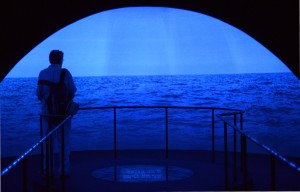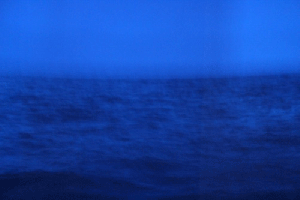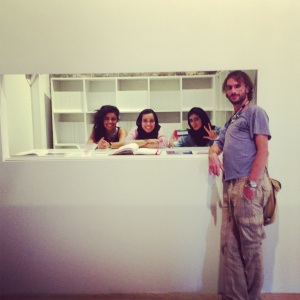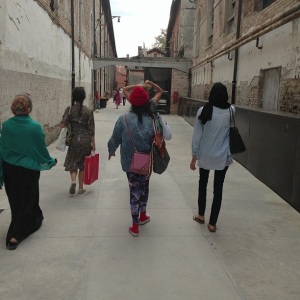The concept of Homeland or Fatherland is extremely connected to the concept of a father. In order to define the concept of homeland, Romans used the adjective Patrius, Patria ,Patriae from the substantive Pater (Father) where the substantive terra (land) was usually understood and unused consequently (terra)patria means literally “land of the father”.
That being stated your homeland, the place where you grow up, is at the same time and in an imperceptible way the land that, as a mother and as a father, gives you the life, bring you up and form you. Your homeland will definitely shape your character your soul and your way of thinking. As a child missing his mother, you will cry for your homeland and you will miss it whenever you are away from it. In some cultures, people adore the land as an idol and as a divinity and they feel grateful to respect it and in debt to the land that gave them their life and their support. This innate sense of attachment to the homeland and the strong influence that our homeland has on all of us is certainly clear in the Akram Zaatari’s video: Letter to a Refusing Pilot. To be born and to grow up in a country as Lebanon, extremely devastated from wars and recurrent invasions, and where the memories of his citizens are continually destroyed by bombs and by the reconstruction after bombing, will definitely shape the human being and this strongly appears in a singular way in the video of Akram Zaatari.
In his video the artist is trying to tell us about an Israeli invasion and, in the specific instance, about the Israeli aviator that in 1982 was supposed to bomb a school located in Saiida, the artist’s native town. As he was an architect, the aviator, recognized, from the map of the site, that he was going to bomb a school so he decide to deviate from his course and to drop the bombs in to the sea. This singular story spread out and quickly became a well-known legend in the city of Saiida and had a strong influence on the artist.
The purpose of the artist is to tell us about the dramatic events that Lebanon was going through by using the positive message of the story of the Israeli aviator and by making a parallelism between the Israeli aviator and the French novel “Le Petit Prince” written by Saint-Exupéry that was an aviator too. We can say that, indeed, the artist is trying to give us a different point of view of the recurrent invasions that are massacring the country. He mixed the history with the legend, created by the rumors about the Israeli aviator, and with the deep meaning hidden in the Saint-Exupéry novel. Zaatari is pushing us to think about it in a different way but at the same time he want us to remember what historically happened in Lebanon. In fact while we plunge into the video, another video behind us is projecting real images documenting the historical events to remind us the tragic side. He is rewriting his story but the History is running behind us like a Greek tragedy chorus.
The interesting fact is the presence of a theatre armchair located in the middle of the room between the two projections and facing instead of the main video the historical images in loop. So at this point maybe the artist want us to focus about the question: what we are supposed to watch? We are supposed to discuss the historical events without consider the people that are trying to change its course or we are supposed to read the history passing through legends stamped in people’s memory.
It seems that the artist doesn’t take a side or that he doesn’t want to debate the political issue but in reality he’s giving us the historical and not so historical sources to think about . As an artist, Zaatari is not trying to impose on us his political point of view but he is giving us just some input. His artistic choice is indeed to not put limits in his artwork.
Another issue that the artist want us to consider is the concept of Enemy. He describes the Enemy in a different way. The Enemy in Zaatari’s work is represented not in abstract terms but as a real person with negative and positive inclinations and with an innate ethical sense. The concept of ‘the Enemy’, that is in fact a relative concept that depends from which side you take, falls down in front of the natural sense of morality and the ethics of human beings. Indeed, Letter to a Refusing Pilot, revises the concept of the Enemy, while Lebanon is celebrating its 70th anniversary of the Lebanese Republic. This detail, apparently meaningless, changes in a deep way the audience’s perspective.
Is letter to a Refusing Pilot, a story doomed to remain unknown from the Lebanese government, a “gift” for Lebanese citizens on the occasion of the Republic anniversary?




